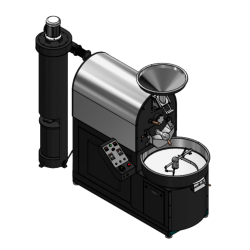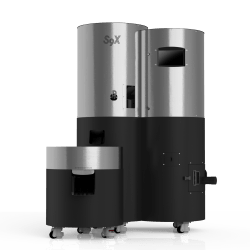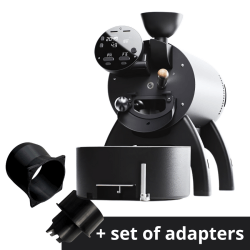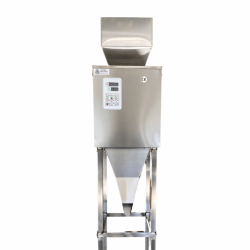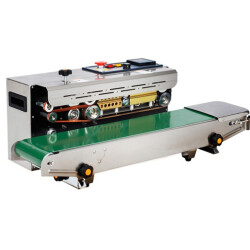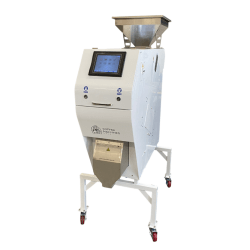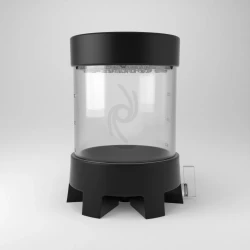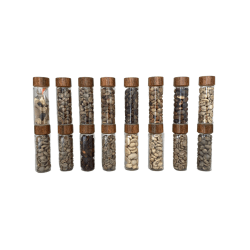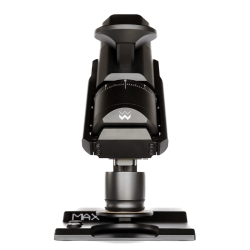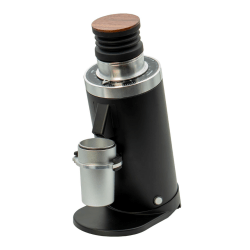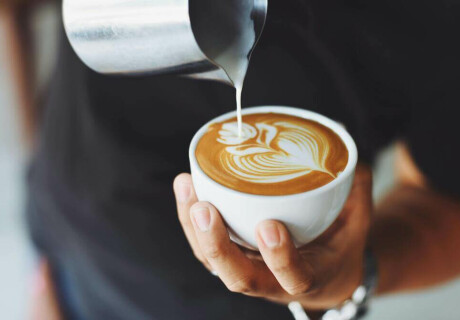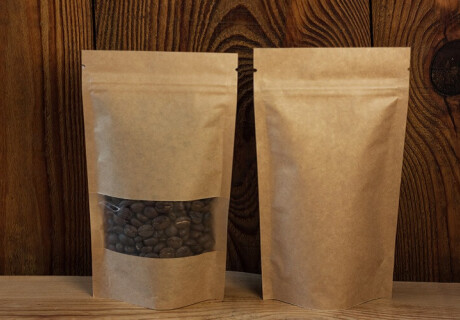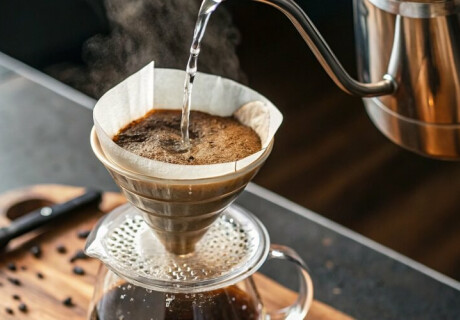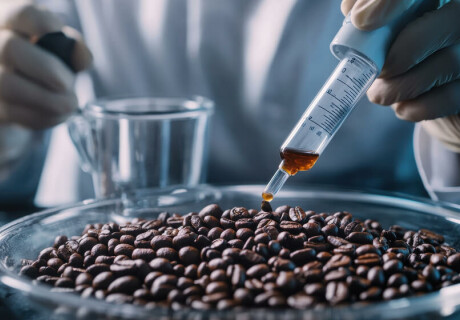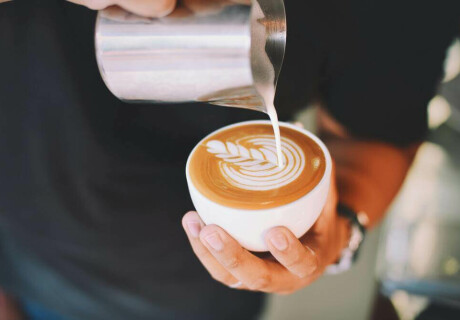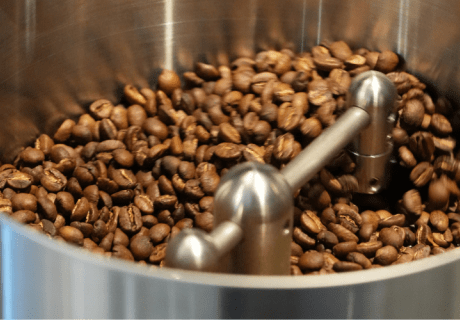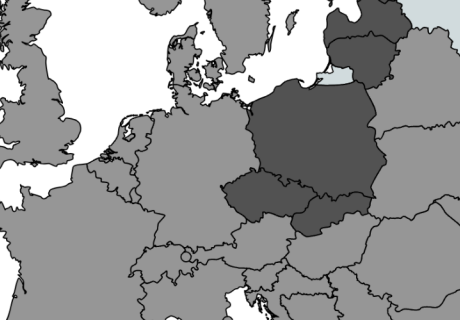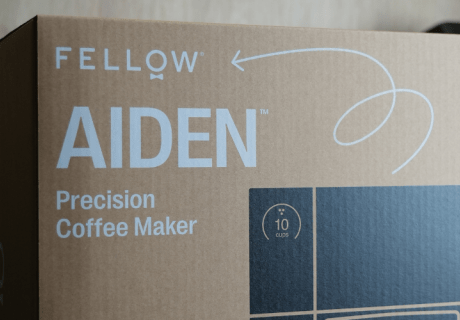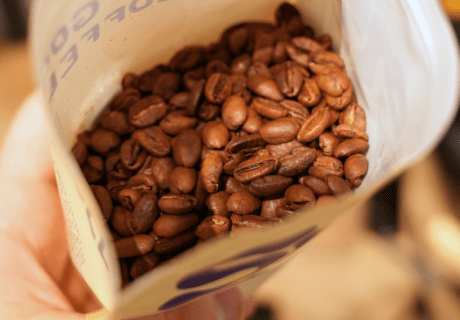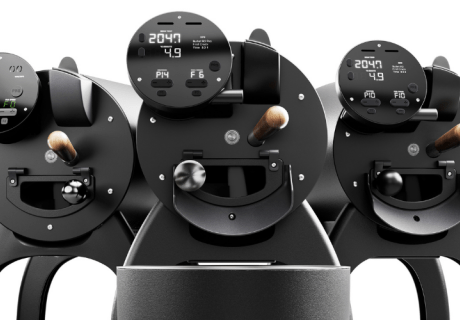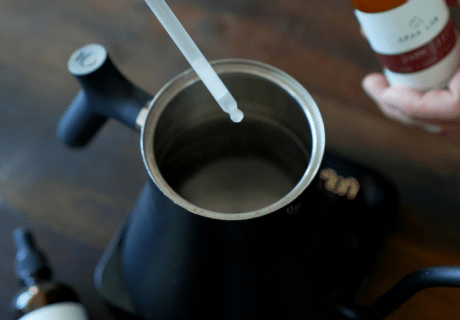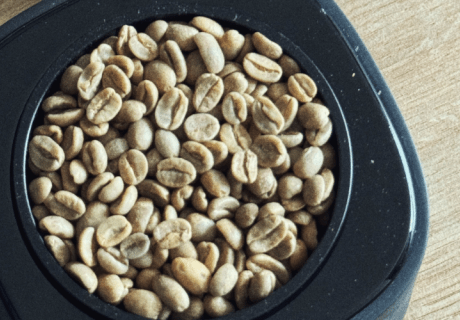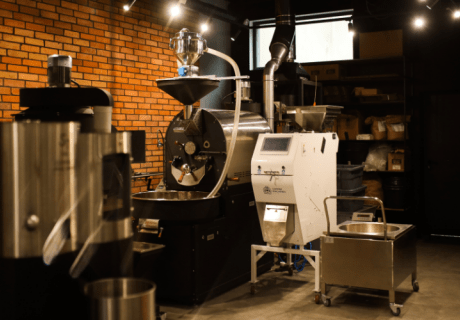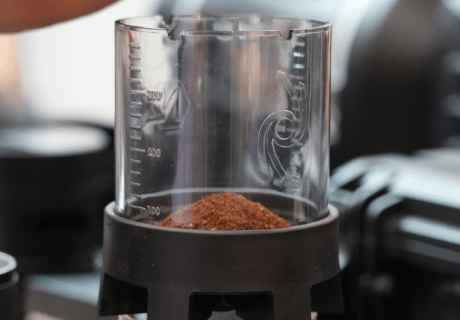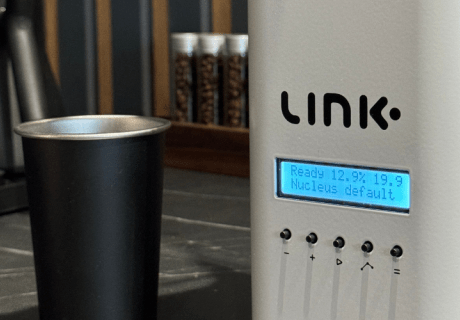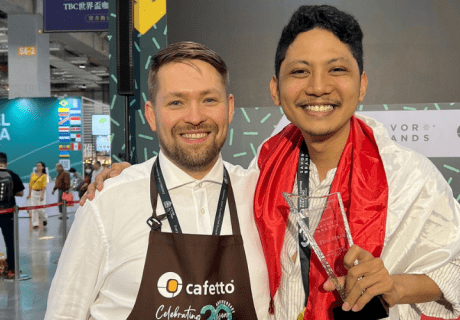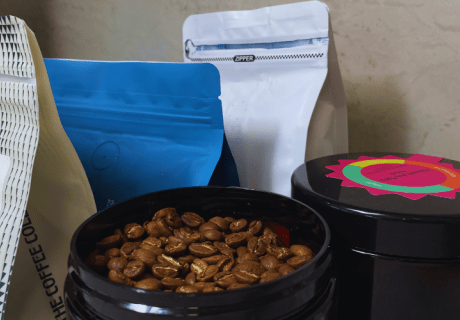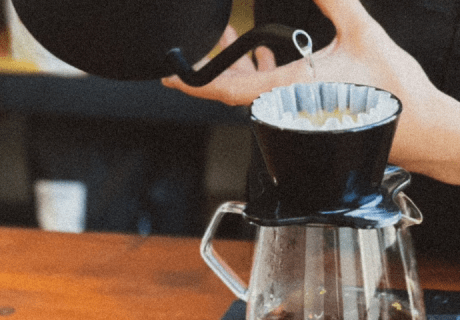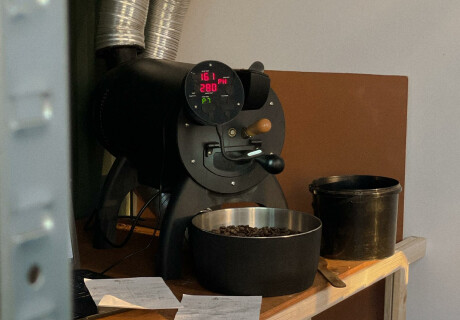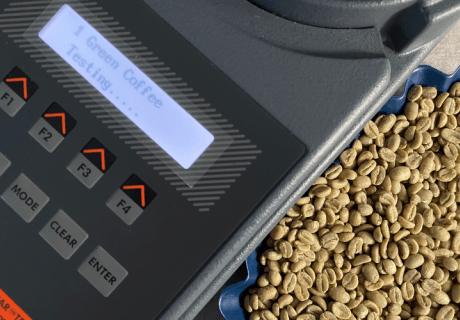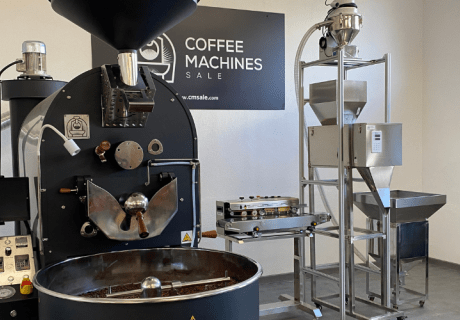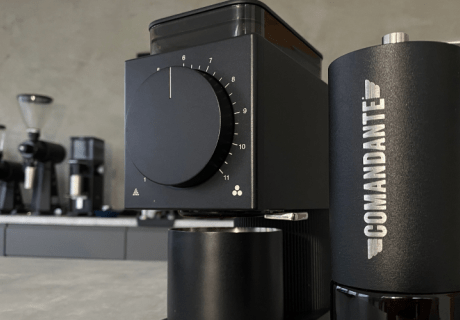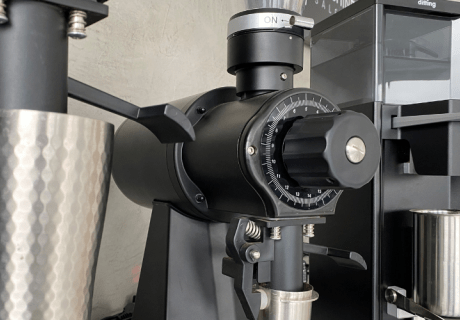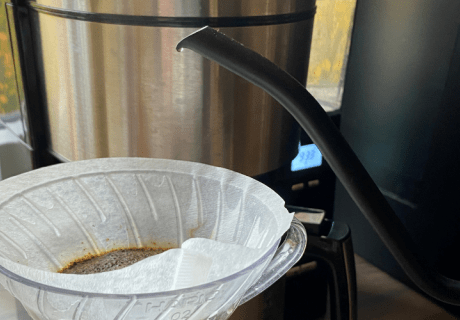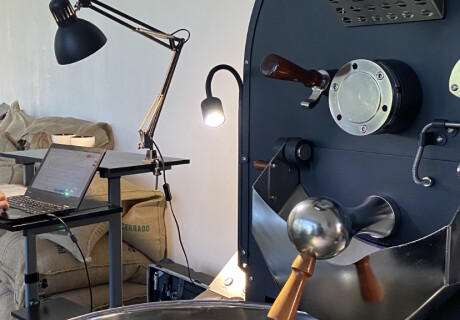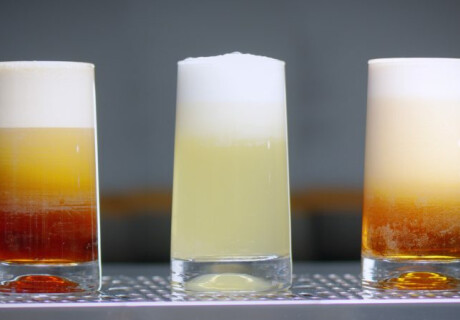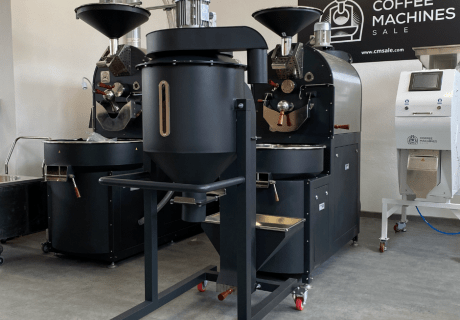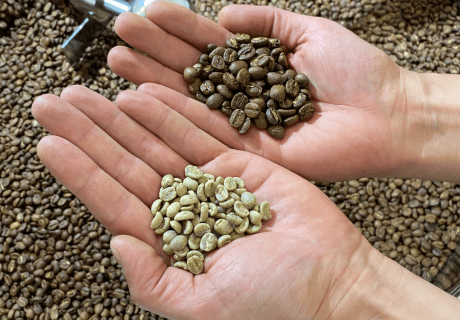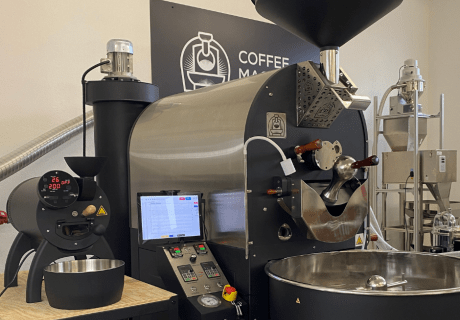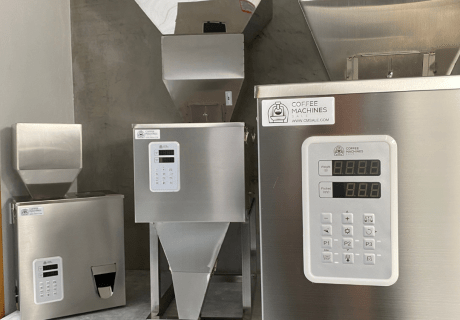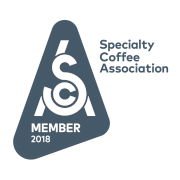Crafting Unique Coffee Blends: Tips for Roasters
Welcome to the world of coffee artistry, where the pursuit of crafting unique coffee blends combines creativity with precision. In this guide, we’ll journey through the essentials of coffee blending, discovering the delicate balance of flavor pairing and the importance of roasting techniques. Whether you’re a seasoned roaster or just beginning, learn how to develop your signature artisan blend with an artful approach to selecting and refining beans. Join us as we explore the craftsmanship behind every great cup of coffee.
Understanding the Basics of Coffee Blending
Coffee blending is an art that combines science and creativity to create unique experiences for coffee enthusiasts. It involves pairing different coffee beans to achieve a harmonious balance of flavors, aromas and textures akin to a musical symphony. Roasters aim to produce consistent, delightful cups while pushing the boundaries of traditional coffee profiles by understanding the characteristics of various beans, such as their acidity, body, flavor, and aroma. The endless possibilities of coffee blending allow for the enhancement of specific traits or the creation of complex flavors. Ultimately, artisan blends transform coffee drinking into a culinary exploration, celebrating diversity and creativity in every sip.
The Art of Flavor Pairing in Coffee
The art of flavor pairing in coffee blending is a nuanced and captivating journey, where roasters become akin to culinary composers, orchestrating a symphony of taste and aroma. Just as a chef carefully selects ingredients that complement each other in a dish, a roaster must consider how different coffee beans interact to create a harmonious or dynamic cup. The concept of flavor pairing within coffee blending involves understanding the intrinsic characteristics of beans and how they can be combined to accentuate or balance one another, resulting in a blend that delights the palate. By experimenting with various beans, roasters can discover intriguing combinations; for instance, pairing beans with a bright, citrus acidity with a deep, chocolatey richness can create a complex and satisfying contrast that elevates the drinking experience.
To achieve successful flavor pairing in coffee blending, roasters should identify each bean’s dominant flavors and aromas and consider how these elements might complement or contrast when combined. It’s essential to taste individual beans separately and in combination, paying close attention to how the flavors evolve as they interact. A useful tip is to begin with a simple blend of two or three beans, noting how each addition alters the overall profile. More complex blends can be crafted as confidence grows, incorporating a wider array of flavors to create multi-layered experiences. Balancing flavors requires a keen sense of proportion and a willingness to experiment, as even a small change in ratios can transform the entire blend. Ultimately, the goal is to create a unique blend that resonates with consumers, offering a distinctive taste journey that speaks to the artistry and skill behind coffee blending.
Roasting Techniques for Unique Coffee Blends
Exploring the world of roasting techniques offers roasters an exciting opportunity to enhance the uniqueness of their coffee blends. Roasting is a critical step in coffee production, transforming the raw, green coffee beans into the aromatic, flavorful beans we brew. The ability to manipulate the roast profile allows roasters to highlight or subdue specific characteristics inherent in the beans, adding depth and complexity to the final blend. Different roasting techniques can dramatically alter the flavor profile of a coffee blend, bringing out nuances that may not be apparent in a single-origin roast. For instance, a light roast might amplify a bean’s bright, acidic notes, while a dark roast could enhance the bitterness and richness. Understanding how various roast levels interact with different beans is crucial for creating a harmonious blend that captivates the senses.
Successful coffee blending often involves experimenting with diverse roasting techniques to achieve the desired balance and flavor profile. Roasters should consider the origin of the beans, their inherent qualities, and how they react at different roast levels. Adjusting the time, temperature, and airflow during roasting allows one to coax specific flavors, ensuring the final blend is unique and consistent. It’s important to start with small batches, taking detailed notes on each roast to refine the process. Whether aiming for a blend that emphasizes fruity notes or one that leans towards a more robust, chocolaty finish, mastering the art of roasting can open up endless possibilities. Ultimately, the goal is to create a signature blend that resonates with coffee enthusiasts, reflecting the artistry and precision behind coffee blending and roasting.
Developing Your Signature Artisan Blend
Developing a signature artisan blend is a deeply creative process, where roasters embark on a journey to discover and define the unique flavor profile that will set their blend apart in the world of coffee blending. The first step is to immerse oneself in the sensory experience of coffee, tasting various beans from different origins, each with its distinct notes and characteristics. This exploration is essential for understanding the vast palette available, from Ethiopian beans’ floral and tea-like qualities to Sumatran varieties’ rich, earthy tones. To create a unique artisan blend, roasters must recognize these characteristics and envision how they might harmonize or contrast within a blend. This requires a deep understanding of how different flavors and aromas can interlace, creating an intricate tapestry of taste that delights and surprises the palate.
As roasters work towards identifying their unique flavor profile, it’s essential to consider personal preferences and market trends to craft a coffee blend that resonates with a broad audience while still reflecting individuality. Experimentation is key, starting with a few select beans and gradually refining the blend, adjusting ratios, and tweaking roast profiles to achieve the desired outcome. Keeping meticulous notes throughout this process can provide invaluable insights, helping to recreate successful blends and avoid past pitfalls. Additionally, engaging with fellow coffee enthusiasts can offer fresh perspectives and new inspiration. Ultimately, the goal is to create a signature artisan blend that captures the essence of the roaster’s creative vision and stands out as a memorable and distinct offering in the competitive landscape of coffee blending. Through passion, patience, and a willingness to explore the unknown, roasters can develop blends that are as unique as the individuals who craft them.
Sourcing Quality Beans for Blending
The journey to creating exceptional coffee blends begins with sourcing high-quality beans, the foundation of any standout blend. Roasters should prioritize beans from reputable farms, emphasizing sustainability and ethical sourcing. Selecting beans from diverse regions is crucial for unique flavor characteristics, such as the robust notes of Brazilian beans, the acidity of Ethiopian varieties, and the full-bodied profile of Sumatran coffees. Understanding the characteristics of beans, like acidity and flavor notes, is essential for achieving a desired blend. Successful blending involves pairing complementary beans and staying informed about market trends and consumer preferences. Building relationships with coffee producers and exploring new regions ensures access to unique, high-quality beans for crafting signature blends. Overall, thoughtful bean selection is the first step in elevating coffee blending into a culinary art form.
Testing and Refining Your Blend
Testing and refining the coffee blending process is crucial for creating a unique artisan blend. This involves a trial and error approach, with thorough taste testing and detailed note-taking on aroma, flavor profile, body, and aftertaste. To enhance specific characteristics, roasters should experiment with flavor pairings, such as combining Ethiopian and Brazilian beans.
Roasting techniques also significantly shape the flavor profile, and varying time, temperature, and airflow can reveal different nuances. Engaging with peers and consumers for feedback can provide valuable insights for improvement. The overall goal is to create a distinctive blend that reflects the artistry of each cup, emphasizing the journey of discovery and the pursuit of excellence in coffee crafting.

